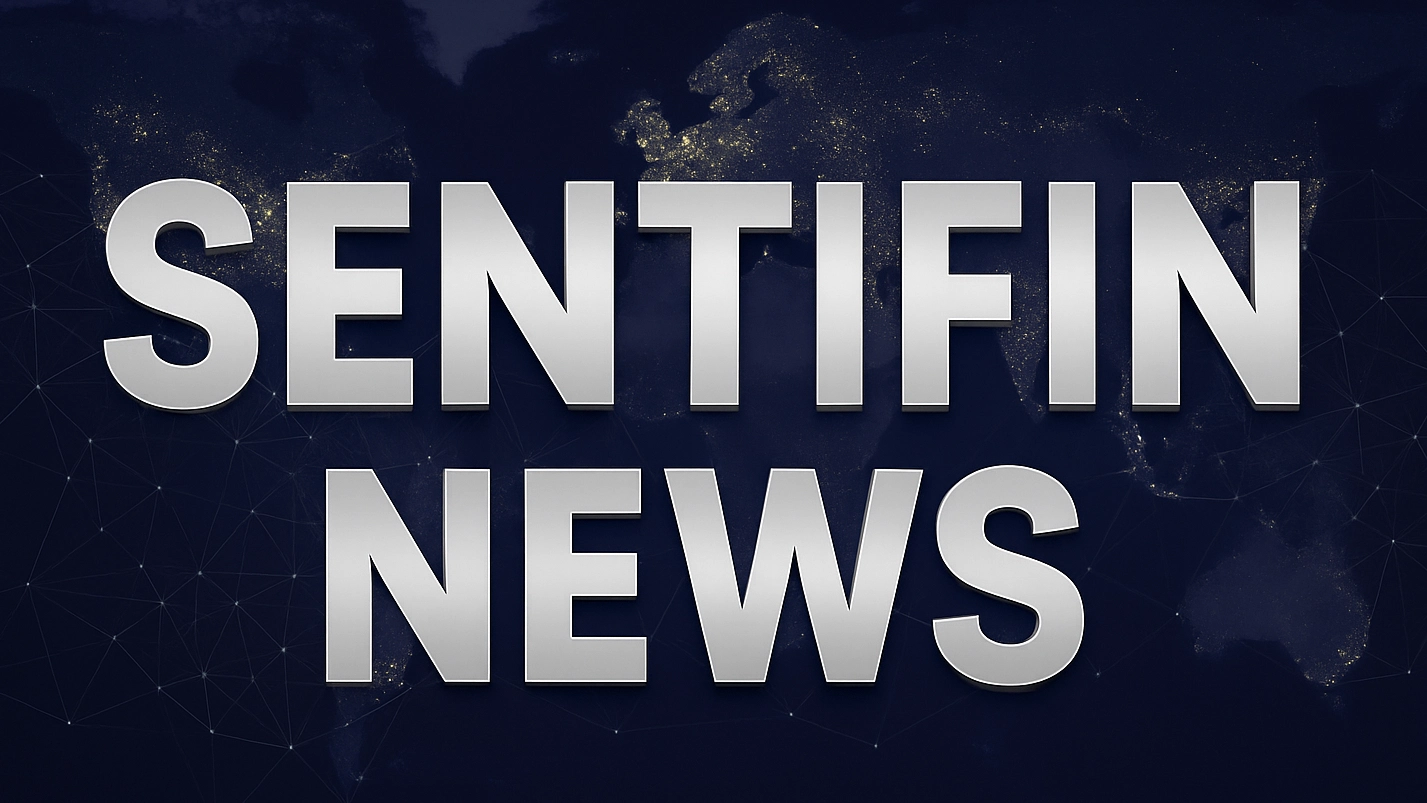Report shows hiring at lowest since 2009 as economists turn to alternative data during shutdown blackout

News Summary
In September 2025, the U.S. labor market experienced a notable slowdown in hiring activity. According to the Chicago Federal Reserve's new indicators, the jobless rate remained largely unchanged at 4.34%, while the hiring rate dipped to 45.2%, down 0.4 percentage points from August. Separately, outplacement firm Challenger, Gray & Christmas reported that while layoff announcements declined month-over-month in September, the year-to-date total for planned furloughs in 2025 reached 946,426, surpassing the entire 2024 figure and marking the highest level since the 2020 COVID-19 pandemic. More critically, new hirings so far in 2025 totaled only 204,939, a 58% drop from the same period last year and the lowest level since 2009, when the U.S. economy was deeply entrenched in the financial crisis. With the government shutdown entering its second day, economists and Federal Reserve policymakers are compelled to rely on alternative, non-governmental data sources, such as those from Challenger, Gray & Christmas and the Chicago Fed, as official Labor Department figures like weekly jobless claims and nonfarm payrolls are delayed.
Background
This report comes as the U.S. government shutdown enters its second day in October 2025, which has halted the release of economic data from key federal agencies, including the Labor Department. In a normal economic cycle, the Labor Department's monthly nonfarm payrolls report and weekly initial jobless claims are among the most critical indicators for assessing the health of the U.S. labor market. During government shutdowns, economists and policymakers are forced to rely on alternative data sources, such as regional Federal Reserve indicators or reports from private outplacement firms like Challenger, Gray & Christmas. Historically, the U.S. experienced severe labor market contractions during the 2009 Global Financial Crisis, when hiring activity plummeted to historic lows amidst significant economic challenges. The early stages of the 2020 COVID-19 pandemic also saw widespread layoffs.
In-Depth AI Insights
What are the limitations of relying on alternative data during a government data blackout, and how might this impact market confidence? - Alternative data, such as indicators from the Chicago Fed and Challenger's reports, while timely, are generally less comprehensive and authoritative than official government statistics. They may not capture all nuances of the labor market, and their coverage or methodologies can differ. - Markets are more prone to uncertainty and volatility when lacking transparent, consistent official data. Investors interpreting this fragmented information might form a more pessimistic or uncertain view of the economic outlook, subsequently influencing investment decisions and risk appetite. - A prolonged reliance on alternative data could lead to policy missteps, as the Federal Reserve's monetary policy decisions might not fully reflect the true economic conditions without a complete picture. What do record-low hiring levels since 2009 signify for the Trump administration's economic strategy and the Federal Reserve's monetary policy? - A significant slowdown in hiring to post-crisis lows suggests the economy may be experiencing substantial structural or cyclical weakness. This could challenge President Trump's economic narrative emphasizing "America First" and manufacturing resurgence. Sustained economic weakness could lead to increased political pressure on the Trump administration to consider stimulus measures. - For the Federal Reserve, a clear deterioration in labor market data, especially amidst a government shutdown obscuring official figures, could compel a reassessment of its policy stance. If this trend persists, the Fed might be forced to halt its tightening cycle and potentially pivot towards more accommodative policies in 2026 to avert a deeper recession. This signals a potentially more dovish interest rate path than currently anticipated by the market. Under the dual pressures of significant labor market weakness and a government shutdown, which sectors and asset classes might face the greatest investment risks and opportunities? - Risks: Consumer discretionary and retail sectors could face demand headwinds, as a weak job market typically dampens consumer spending. Additionally, high-labor-cost service industries, such as hospitality and travel, may experience profit pressures. For the real estate market, rising unemployment could lead to increased mortgage defaults, particularly in commercial real estate. - Opportunities: Defensive sectors (e.g., utilities, consumer staples) and high-quality fixed-income assets (e.g., government bonds) may become favored during heightened economic uncertainty. Furthermore, providers of automation and efficiency-enhancing technologies could benefit during an economic downturn as companies seek to cut labor costs. Gold, as a safe-haven asset, also tends to increase in appeal during periods of market panic.